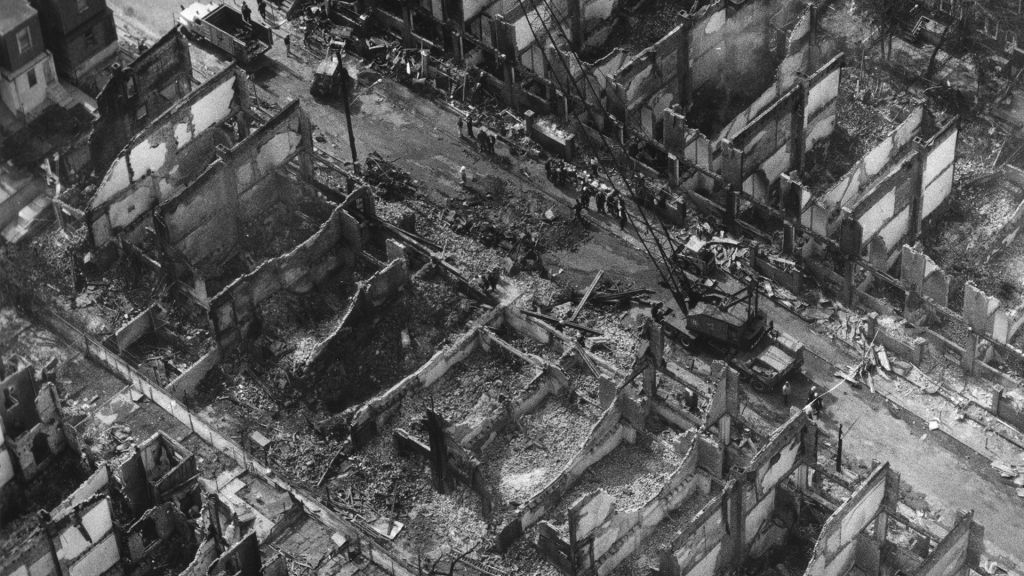
Super piece by Adam Benzine on Let the Fire Burn‘s extensive, exhaustive archival process, with insight from filmmaker Jason Osder: “Archive masterclass: Making Let the Fire Burn‘.” The film had its television premiere on Independent Lens in May.
The filmmaker found the majority of the archival material used in the film housed at Temple University of Philadelphia’s Urban Archives division, but gaining access was no small feat. Osder said it took time to earn the trust of the staff working there, and over the course of years spent researching the material, “eventually I had been looking at the stuff longer than anyone who’s been working there on staff.”
In all, the Archives housed about 80 to 100 hours of material – “not that bad by documentary standards,” he offers. In addition, all of the footage of the hearings had already been transcribed.
“They were actually transcribed on a typewriter,” he says. “We scanned them all in and did optical character recognition (OCR), so they were searchable by keyword for the first time.”
Importantly, Osder is also quick to single out his editor, Nels Bangerter, for being so critical to the film’s exceptional use of archival.
And while there have been hit docs released in recent years that have taken similar routes – such as Senna, The Black Power Mixtape 1967-1975, The Autobiography of Nicolae Ceausescu and Our Nixon – at the time that the filmmakers were making the doc, there was little in the way of precedent for such a film.
Bangerter “looked at everything together and he helped me see both the limitations of the interviews, and more importantly, the potential to do something really special with the hearings,” Osder recalls.
“I give full credit to him, but I also think that is the job of the editor: to see it early and see it new. I’d like to see editors get more credit – a good documentary is synonymous with a well-edited documentary.”
Read the whole piece on RealScreen.

